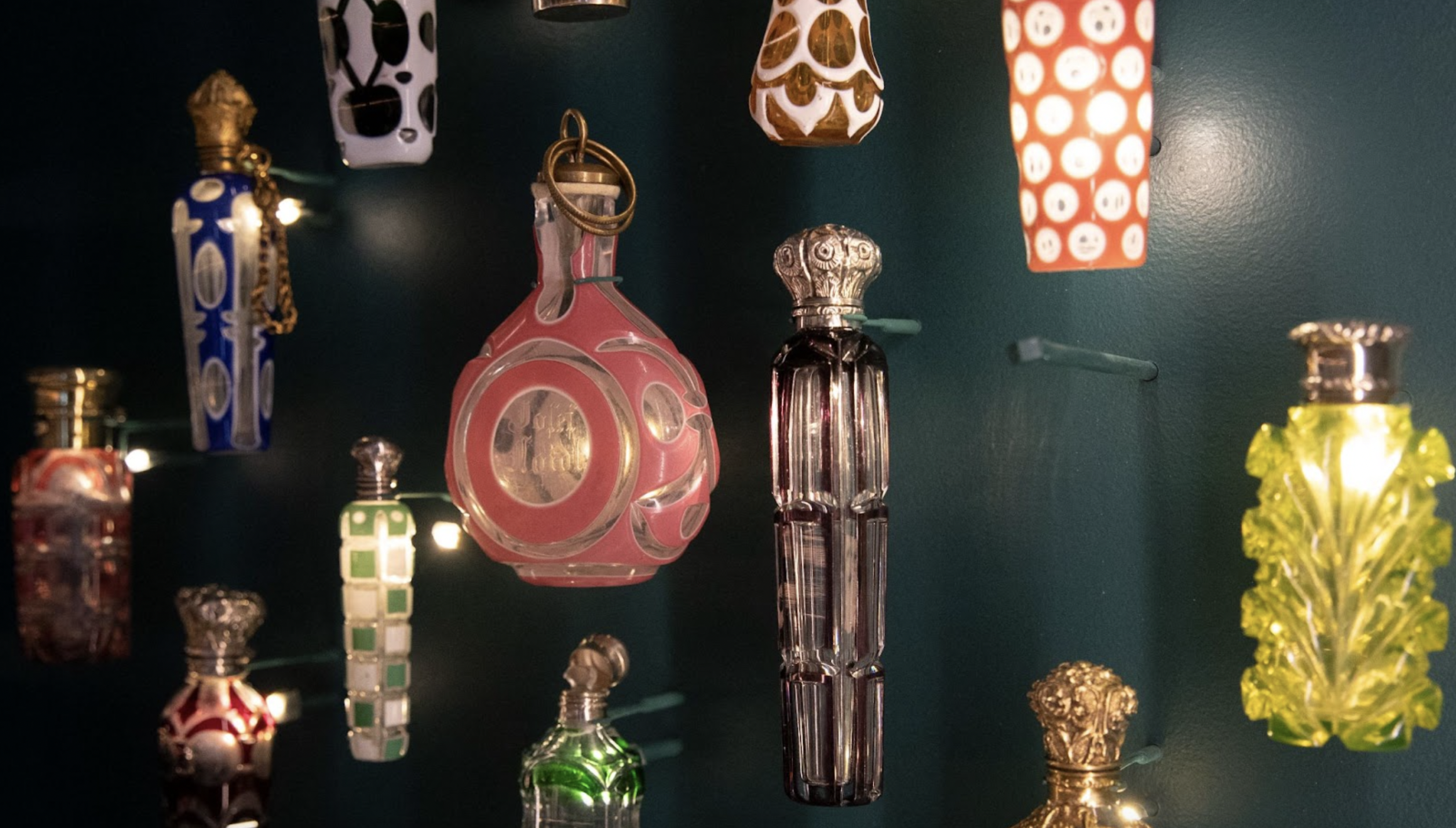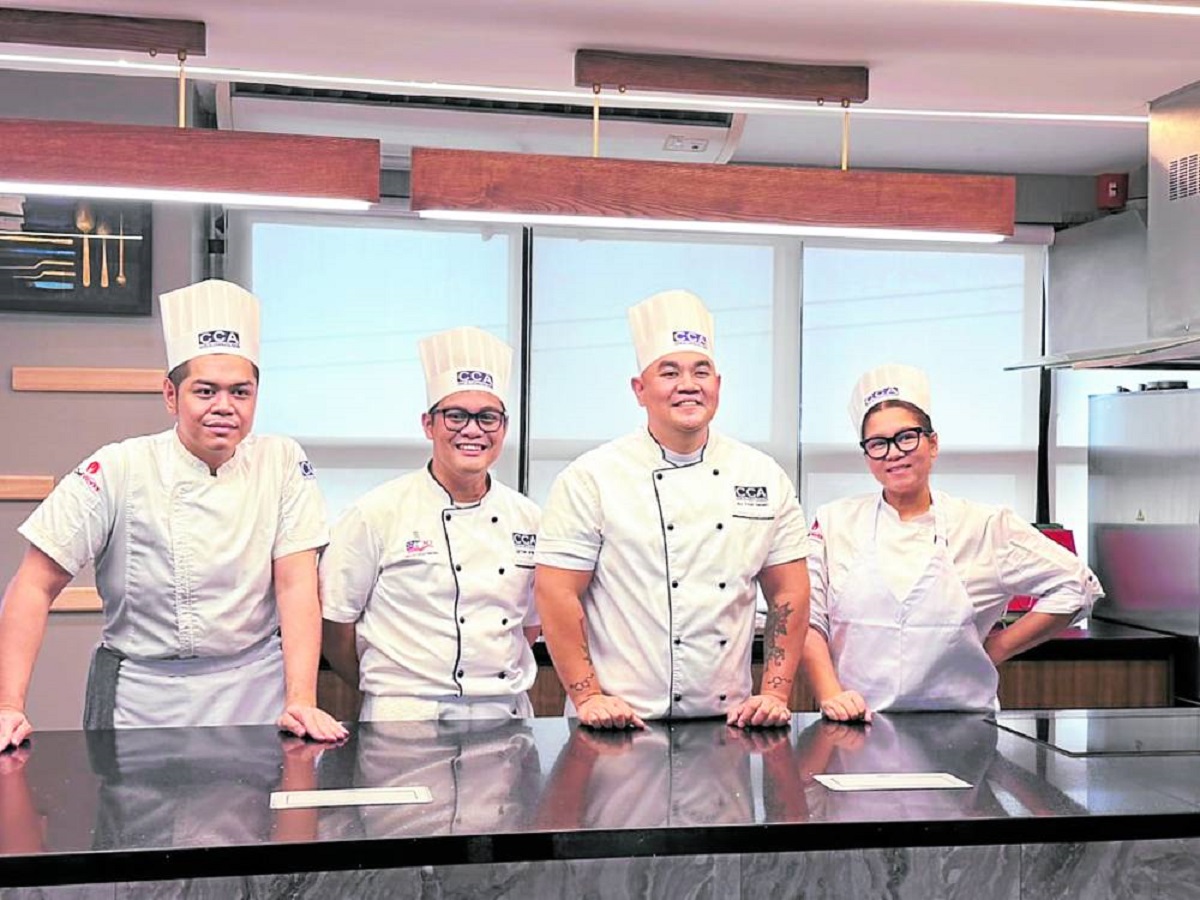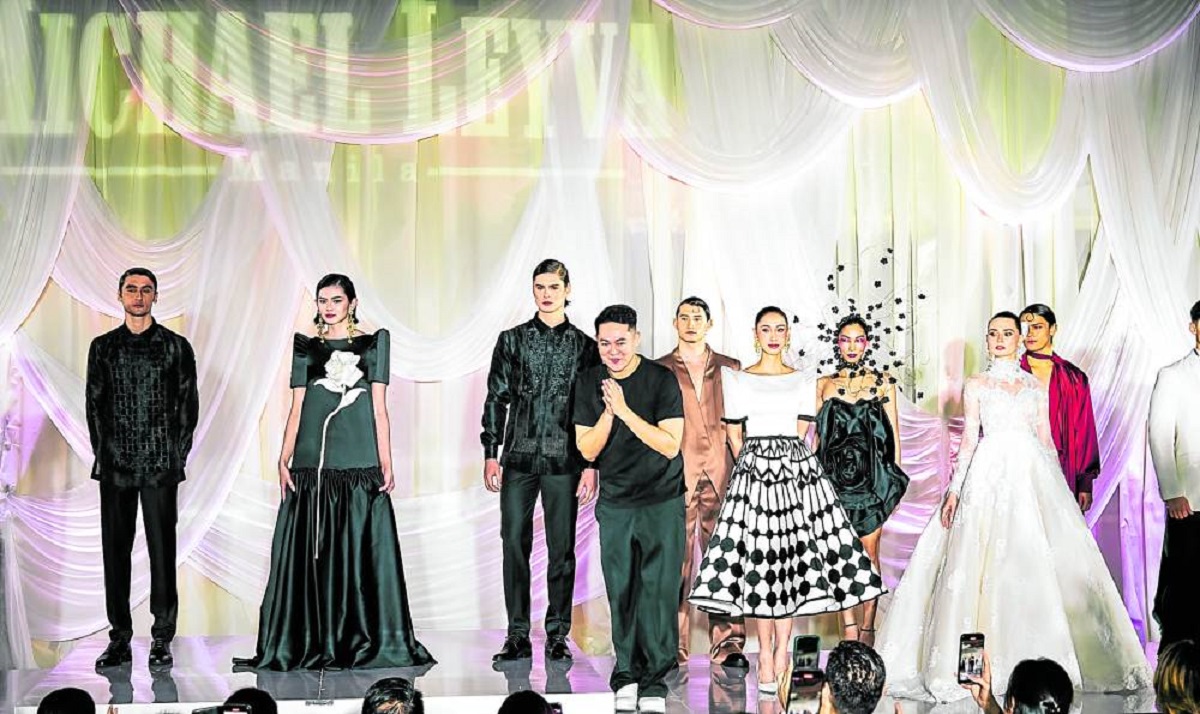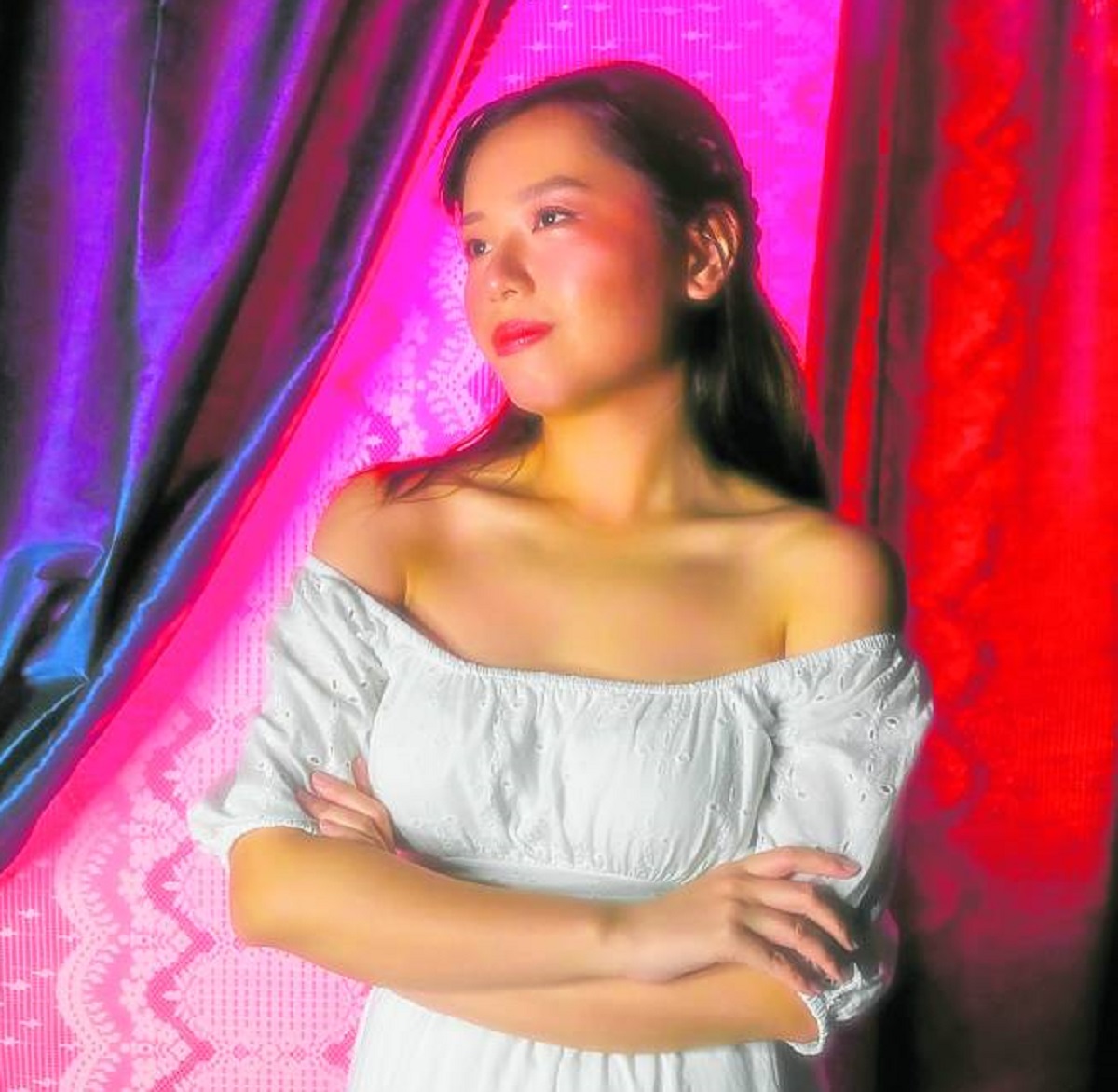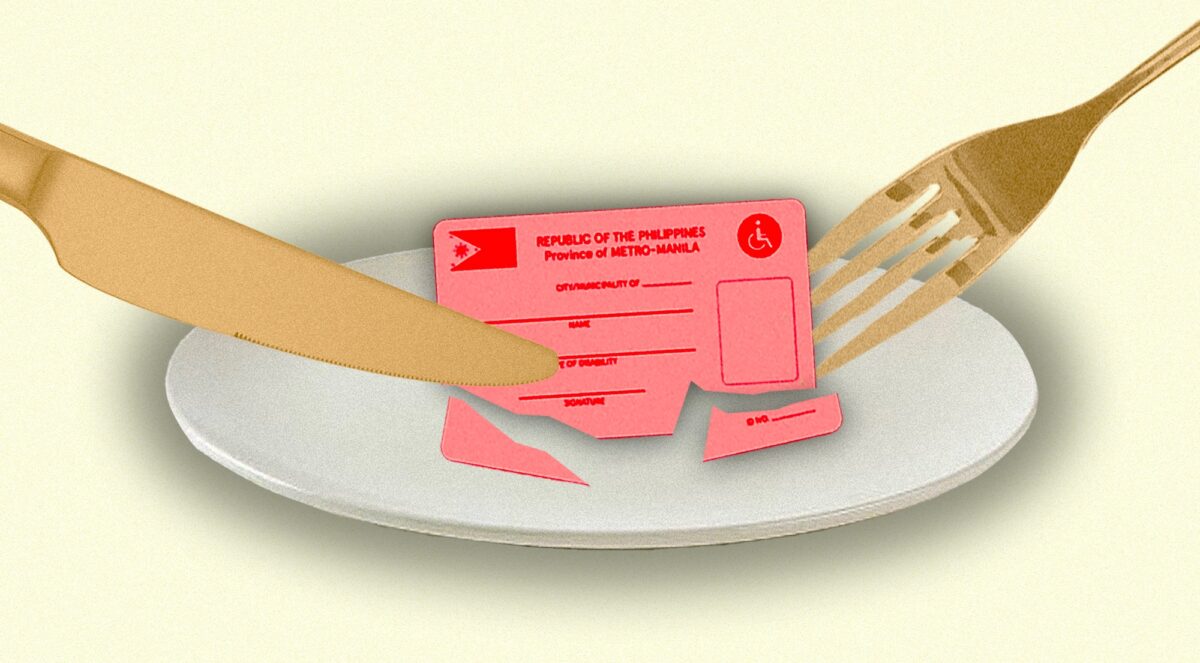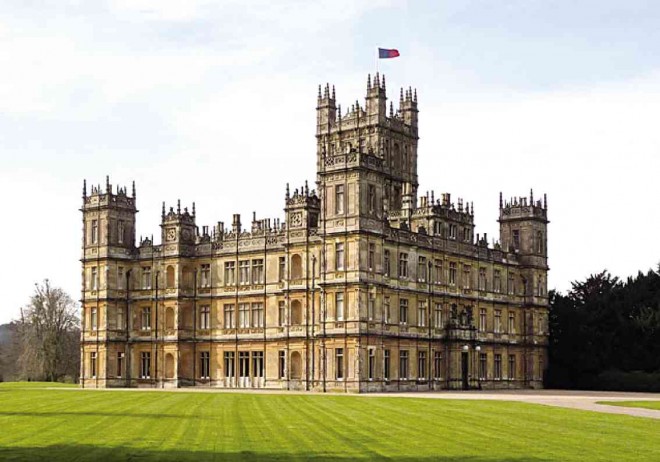
The impending last season of the TV series “Downton Abbey,” the finest trip I have taken back to my favorite childhood fantasies, had left me with a sense of panic for a place I may never see again, except on some highly unlikely reruns.
My latest trip abroad, therefore, was highlighted by an imperative visit to Highclere Castle in England, the main filming location of “Downton Abbey,” whose depiction of two social classes and their human joys and sorrows may never again be so aptly captured—be it by period celluloid or modern digital means.
My fascination with English history started in school, when Shakespeare and world history were part of the Philippine high school curriculum. Stories involving the British nobility and aristocracy, the landed gentry whose families hailed from the medieval feudal classes and earned their wealth from the land—it was all a charmed life, exuding gentility and refinement that left me breathless, no matter that its entire tapestry was invariably woven with often senseless laws, injustice and even barbarism.
I was enraptured by the bygone lifestyle of the fictional “Downton Abbey,” so a visit to Highclere Castle fulfilled a fanciful notion of walking back through the Victorian and Edwardian periods of the lives of the owners, the Earls of Carnarvon, recently brought into 21st-century television by the fictional benevolent aristocrats Lord Robert and Lady Cora Crawley and their cast of families, friends and servants.
Persistence
A visit to Highclere, the home of the Earl and Countess of Grantham during the reign of King George V, is not as simple as other tourist destinations. Its schedule for the general public is limited. How fortunate, thus, for my friends and I that it was open during the two-month summer schedule and on a Sunday at that, the day before we departed from London.
Our initial attempts at booking had left us chagrined when we learned that online tickets had been sold out at the beginning of the year, largely for packaged tours by travel agencies. The castle managers also limit the number of visitors that walk into its staterooms.
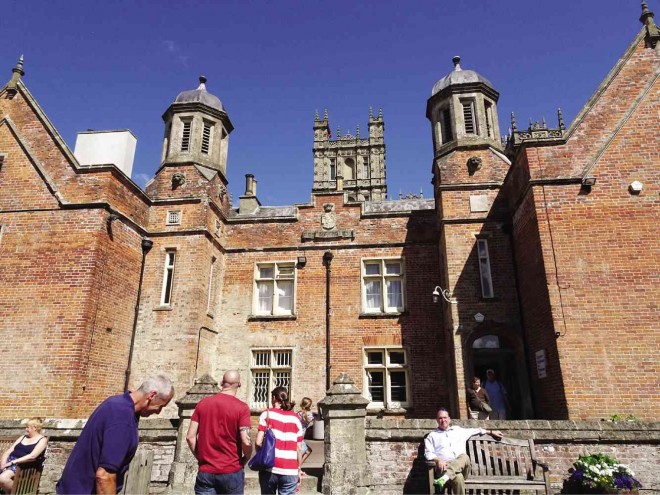
However, our persistence in securing tickets rewarded us with a wonderful tip via e-mail from an accommodating lady at the reception: “Come at 2 p.m. We don’t usually turn away walk-up visitors.”
We boarded the train from Paddington railway station, got off Newbury station, and after a 10-minute taxi ride, arrived at the grand gates of Highclere.
I walked into the pastoral landscape of this daunting edifice, the way PBS and ITV open each episode, from the left angle of the Crawley home. Somehow I expected the dog Isis to materialize, wagging her tail ahead of us.
Highclere Castle is now one of England’s most popular Victorian castles. Set on 1,000 acres of arresting views of the parkland, it is within an estate totaling 6,000 acres, where sheep graze and centuries-old cedars from Lebanon are clustered over perfectly manicured green hills.
Highclere was built over a house and later constructed over the foundations of a medieval palace owned by the Bishops of Winchester 800 years ago. Sir Charles Barry designed the castle in 1842 with architecture in the style of the Houses of Parliament in Westminster, which he also built.
The real Downton Abbey
The Earl of Carnarvon was a title created in 1628, but eventually became extinct, and was revived for the third time in 1793 for Henry Herbert, who inherited Highclere Castle in Berkshire from his uncle, the Honorable Robert Sawyer Herbert, in 1769. It has henceforth belonged to the family of the Earl of Carnarvon.
The present 8th Earl is George Herbert, a godson of Queen Elizabeth ll. The Earl and his wife, Countess Fiona, live in one section of the house. They manage the rest of the estate as a venue for hire and as a prime tourist spot, thereby deriving income for its upkeep.
Lady Fiona is a historian and has written a book on her predecessor, the Lady Almina, wife of the 5th Earl of Carnarvon, whose story inspired the script written by Julian Fellowes for “Downton Abbey.”
The character of Lady Cora Crawley, Countess of Grantham, is played by Elizabeth McGovern, who brings to perfection the patrician execution of the downward tilt of the head and sideway upward glance characteristic of ladies of that era.
The 5th Earl of Carnarvon, George Edward Herbert, married 19-year-old Almina Wombwell in 1895. The Countess describes Almina, illegitimate daughter of Alfred de Rothschild (of the family of global banking renown), as “petite, charming and vivacious.” Her dowry was £500,000—the equivalent of £30 million today. In addition, the couple was given an annual income that sustained their lifestyle and the upkeep of Highclere Castle.
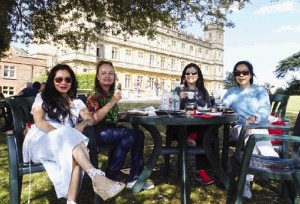
Countless stories
There are countless similar stories of earls who owned estates in England and married American heiresses who were encouraged by their mothers to marry eligible titled men. Thus the story of Lady Cora, whose marriage to Robert Crawley, Earl of Grantham (quite ably portrayed by Hugh Bonneville), saves the Crawley family from losing their huge estate.
Shirley MacLaine, the American mother of Lady Cora, exudes that aura of entitlement whenever she appeared in the episodes.
In season 2 of “Downton Abbey,” World War I breaks out and the castle is transformed into an officer’s hospital upon the initiative of Isobel Crawley, played by Penelope Wilton.
In the real story, Lady Almina transformed the castle into a convalescent home in 1914, where wounded World War I soldiers from Flanders received medical treatment and were eventually nursed back to health. Lady Almina also became a skillful nurse with a generous spirit for healing the wounded, a role assigned to the altruistic Lady Sybil, the Crawleys’ third daughter in the TV series.
As with “Downton Abbey,” Highclere Castle became a home again after the war.
A bit of history on the Egyptologist 5th Earl of Carnarvon and his colleague Howard Carter provides an interesting sidebar at this point. The two gentlemen were the celebrated discoverers of the Tomb of the Egyptian Boy Pharaoh, Tutankhamun (King Tut), in 1922. It was a world event then, and stories of curses followed soon after because of a belief that the mummy was disturbed.
I recalled watching a TV movie, “The Curse of King Tut’s Tomb,” about the curse that befell the members of the team in the form of mysterious deaths. The fifth Earl of Carnarvon was not spared. He died of blood poisoning from a mosquito bite shortly after the discovery.
The 8th Earl and the Countess opened a museum of the Egyptian excavations, with replicas of the treasures housed in the cellars of the castle today.
Inside the castle
Walking through the castle is as exciting as watching the TV series. At the main entrance, where 1920s vehicles dropped off family members and their guests, it is natural for anyone to adopt the pampered demeanor of a Crawley guest.
Though smaller than I had expected, the entrance is still imposing in its gothic style and arched vaulted ceiling. Visitors are led to the left side into the family room, one of the most frequently used locations of “Downton Abbey,” as this is where the Crawleys normally have tea.
The family room leads to the long library filled with books originally bought at the end of the 18th century by the first Earl, Henry Herbert, when major construction on the castle was first done. In the library is a table and a chair where Napoleon signed his abdication at Elba.
It is used by the Crawleys as the main living room with leather chairs, where serious family meetings are conducted and where the Crawleys receive their guests before dinner.
It is also here where the grandchildren come to meet their mothers, father and grandparents in season 5. This part of the house displays precious paintings, including some by Reynolds and Van Dyck.
We entered the drawing room with walls covered in green French silk given to Lady Almira by her father, Alfred de Rothschild. He also gifted the couple on their wedding with a vintage chandelier which now hangs in the drawing room.
There is a vintage piano and antique Chinoiserie cabinets collected by the 8th Earl and Countess Carnarvon from their travels in China.
The smoking room is also filled with trophies and photographs from Lord Carnarvon’s interest in horse racing. A beautiful portrait of the young Lady Almira hangs on the left side of the room.
The dining room is where conversations flow, and where the heart of the stories of “Downton Abbey” are invariably born, from where Julian Fellows weaves the rest of the scenes in the episodes.
Maggie Smith, who plays Violet Crawley, Dowager Countess of Grantham, is my favorite character for her sarcastic lines during dinners in this room.
Van Dyck’s life-size equestrian portrait of King Charles I dominates this room, along with portraits of Carnarvon’s ancestors.
The dining table fits 18 people, but is reduced in size for intimate family meals. When the leaves are inserted into the table, 40 people can be seated. A Caucasian carpet covers almost the entire flooring.
On the beam is the family’s motto, “One I Will Serve.” It made me ponder whom they were referring to as the “One”— God, the King or Queen—or was it a permanent admonition to their coterie of servants?
The saloon is the center of the house. The hallway upstairs, where the bedrooms are located, looks down on the saloon. The walls are in leather, purchased from Cordoba in Spain.
The wedding of Lady Mary Crawley (played by Michelle Dockery) to her cousin Mathew Crawley (played by Dan Stevens) takes place in the saloon in season 3.
The 150-year-old grand staircase leading from the bedrooms to the saloon is very much a feature of “Downton Abbey.”
200 rooms
All in all, Highclere has 200 rooms, of which 40 are bedrooms. There are 11 bedrooms used in the drama, often for dalliances and discreet conflicts.
The second floor is mostly open to visitors, as these rooms are the ones mostly seen in “Downton Abbey.” The exception is Lady Mary’s room. The docent, who is stationed in the bedroom, tells us that Lady Mary’s bedroom is used a lot in the filming, hence, this is shot in the studio in Ealing.
Lord and Lady Grantham’s bedroom is the blue room with the four-poster bed, and in the same section is Lady Edith Crawley’s (Laura Carmichael) bedroom that catches fire in season 5, when she accidentally throws some love notes into her bedroom hearth out of heartbreak over losing her lover and a baby girl she gave up for adoption.
The stairs leading down to the quarters of the household and kitchen staff will give you mental images of Mrs. Patmore, the head cook (Lesley Nicol), or Mrs. Hughes, the head housekeeper (Phyllis Logan) sending maids and footmen scurrying about once the morning bell is rung.
I was so interested to see the vintage kitchen but, to my disappointment, a modern version sits in its place, along with a tearoom and a restaurant for visitors. The kitchen we see in “Downton Abbey” is also a creation in the studio at Ealing.
A hundred years ago, as played out in “Downton Abbey,” an aristocrat had a staff of 60 in an organized hierarchy of positions: butler, underbutler, housekeeper, head valet, valet, senior lady’s maid, lady’s maid, first footman, second footman, head housemaid, housemaid, head cook and her kitchen staff, and the gardeners, chauffeurs and nanny.
All these characters were crammed into my head as I recalled scenes of “Downton Abbey.”
Charmed
We capped our pilgrimage with high tea and scones on the backside lawn of the castle, under a 250-year-old cedar tree grown from a seedling given to the 1st Earl of Carnarvon by his cousin, the Earl of Pembroke.
We chatted about the last episodes of season 5 as we sat there and admired the south lawn and the view of the 18th century folly, Jackdaw’s Castle on the east lawn. This is a pillared temple built by Robert Herbert in 1743 to provide a charming view from the castle.
Absolutely charmed we were, indeed.
It felt wonderful to be there, basking in the afternoon shade, as the elegant Lady Cora and her daughters Lady Mary, Lady Edith and Lady Sybil would often do. And just as we wondered how many crazed Pinoy “Downton Abbey” fans have actually done this, a friendly American-Filipino tourist came by and asked, “Are you Margie Moran?” and volunteered to take our photos.
I will miss “Downton Abbey” when season 6 ends. Lady Carnarvon, in her blog “All’s well that ends well,” remains grateful to the departed production team because it has been a substantial part of Highclere and the lives of the Carnarvon family for the last six years.
Highclere Castle bustled with activity for years and the town continues to benefit from the tourism industry that it has fueled. So she worries, of course, for the future of the legacy of Highclere and how much “Downton Abbey” has enhanced it, as she says, “in a spectacular fashion.”
To ensure that this is preserved, the Earl and Lady Carnarvon have planned several activities throughout the seasons to keep Highclere in the itinerary of tourists.
I wait in excitement for season 6 as “Downton Abbey” draws to its conclusion. I can’t get enough of it, wondering what will become of the love child Marigold. I look forward to Mr. Carson and Mrs. Elsie Hughes carrying on as husband and wife and joint administrators of the Crawley home. I will also hope for a happy ending in which the sisters Lady Mary and Lady Edith finally get along.
I would love to know if Daisy will make a successful landowner, or if the willful Tom Branson will ever end up managing Downton Abbey again. Or what will become of the mean-spirited Thomas Barrow. And if the one and only Maggie Smith’s Lady Violet has any more words of wisdom to impart in her petulantly conniving way.
The season ends before the stock market crash of 1929, but I know I will always nurture that emotional connection and escape to Downton Abbey for more protracted adventures, way after its directors have finally barked, “It’s a wrap!”




